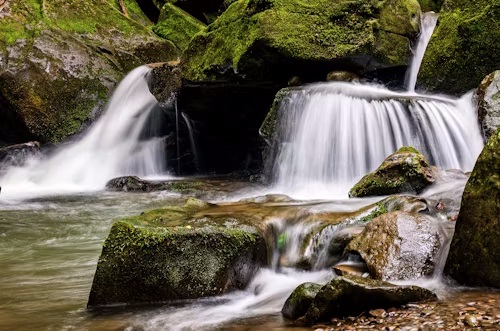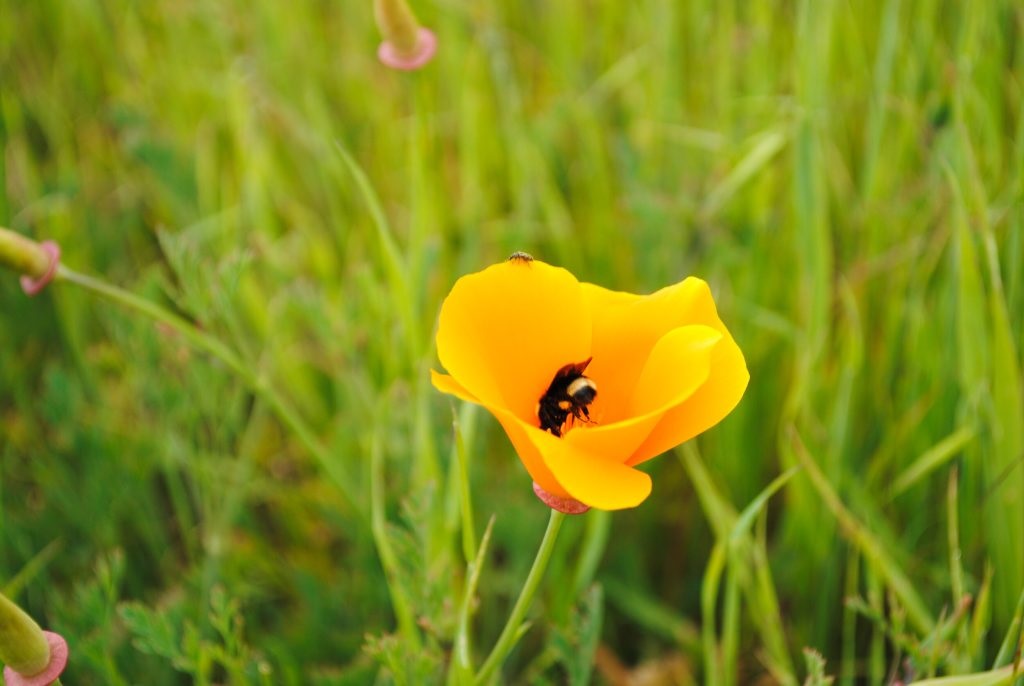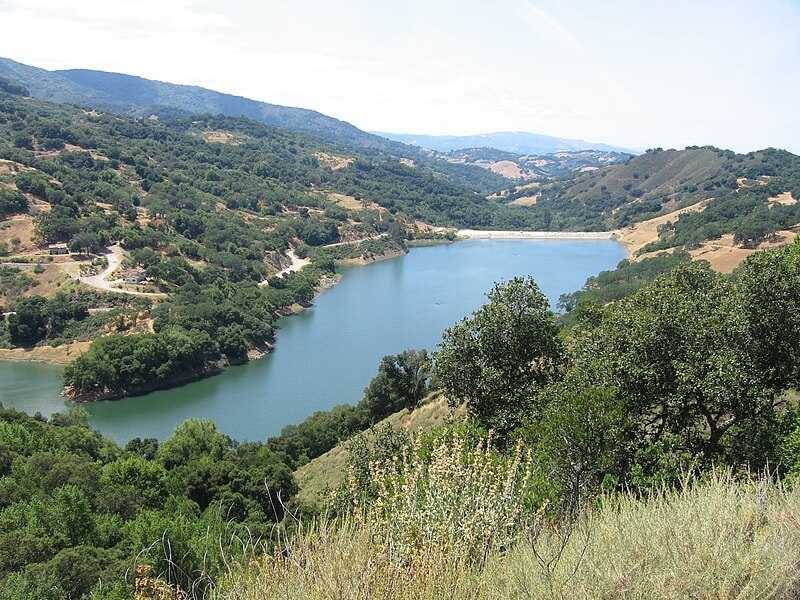
Introduction: Water in Our Environment
Grade: 2nd-5th
NGSS: ESS3.C – Human impacts on Earth systems
In this introductory lesson, students learn about the relative scarcity of fresh water compared to the total amount of water on Earth. They explore the water cycle. They learn the difference between the sewer system and storm drain system and how pollution can end up in the Bay through both systems.
Curriculum: Introduction Water in our Environment(PDF, 939KB)
Currículo-de-español: Introduccion Agua en Nuestro Entorno(PDF, 679KB)
 Problem Plastics
Problem Plastics
Grade: 2nd
NGSS: ESS3.C – Human impacts on Earth systems
Students evaluate everyday items made of different materials. They decide which is “worst, better, or best” for the environment based on how fast the object can break down, what it is made from, and whether it can be reused. Students then record the plastic used at home for a day and brainstorm alternatives.
Curriculum: Problem Plastics(PDF, 1016KB)
Currículo de español: Plásticos Problemáticos(PDF, 457KB)

Bugs in Our Ecosystems
Grade: 2nd
NGSS: LS2.A – Interdependent relationships in ecosystems
In this lesson, students observe bugs in or around their homes and play a matching game to learn about the beneficial roles that bugs play in our ecosystems. They finish by creating their own bug.
Curriculum: Bugs in our Ecosystem(PDF, 268KB)
Bug Cards with Facts and Pictures for printing(PDF, 4MB)
Currículo de español: Bichos en nuestros Ecosistemas(PDF, 264KB)
Español_Tarjetas de Bichos para Imprimir(PDF, 4MB)
 Who Dirtied the Bay?
Who Dirtied the Bay?
Grade: 3rd-5th
NGSS: ESS3.C – Human impacts on Earth systems
Students complete a guided reading that will take them back in time thousands of years to learn about how the Bay has changed over time. They learn how humans long ago changed this dynamic body of water and how our actions continue to change it today. As they read, they answer questions and a timeline to help them understand the different historic events.
Curriculum: Who Dirtied the Bay(PDF, 1MB)
Currículo de español: Quien Ensucio La Bahía(PDF, 1MB)

Mercury: Past and Present
Grade: 4th
NGSS: ESS3.A – Natural resources and renewability
This lesson connects historic mercury pollution to another fourth grade topic, the California Gold Rush. Through a video and slide deck, students learn about current sources of mercury and how it accumulates through the food chain. They then apply what they learned to calculate and graph mercury levels in a sample food chain.
Curriculum: Mercury Past and Present(PDF, 906KB)
Currículo-de-español: Mercurio Pasado y Presente(PDF, 857KB)

Watershed Warriors
Grade: 3rd-5th
NGSS: LS2.B – Cycles of matter and energy transfer in ecosystems
In this guided hands-on activity, students use materials from home to create a simple watershed model. After modeling how water moves through a watershed and learning what kinds of pollutants it picks up along the way, students work to create a solution to the pollution.
Curriculum: Watershed Warriors(PDF, 261KB)
Currículo-de-español: Guerreros de Cuenca(PDF, 949KB)